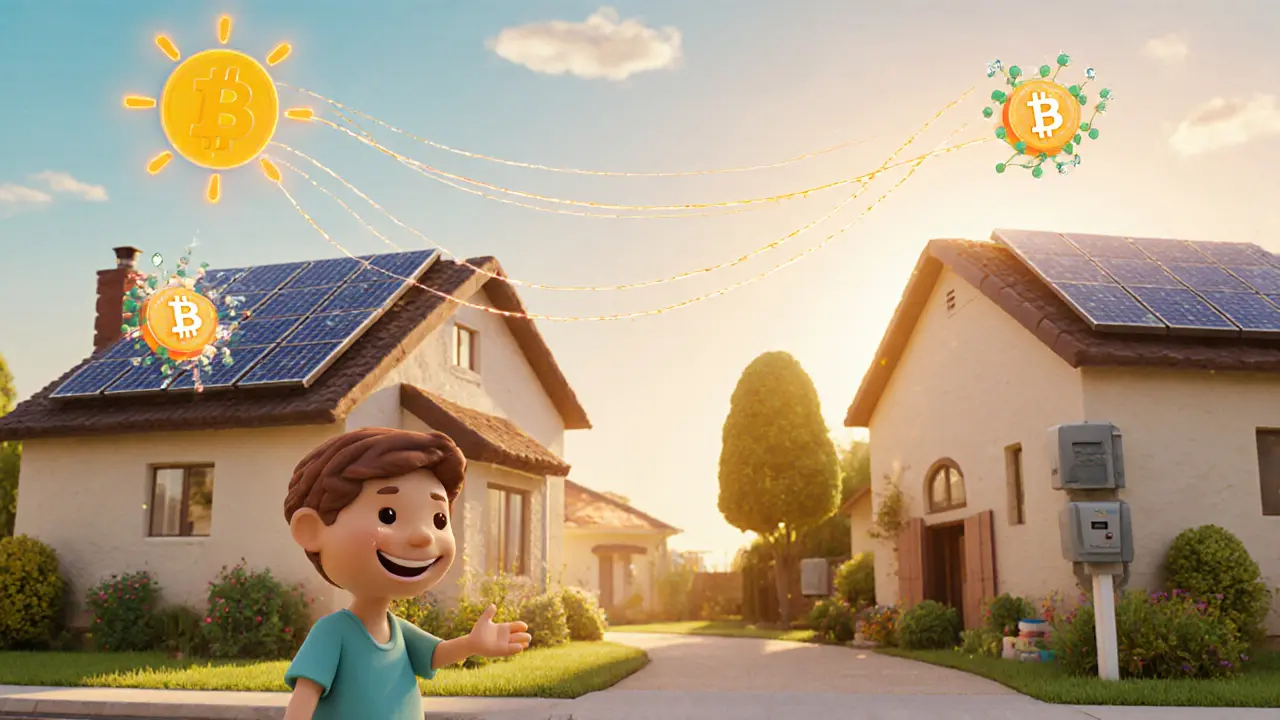Blockchain Energy Markets: How Crypto Mining Shapes Global Power Use
When you think of blockchain energy markets, the systems where cryptocurrency mining directly affects electricity demand, pricing, and grid stability. It's not just about Bitcoin—it's about entire nations rethinking how power is generated, sold, and consumed. In places like Angola, crypto mining was banned because miners were stealing electricity from hospitals. In Texas, miners set up shop near wind farms just to get cheap surplus power. This isn’t science fiction—it’s happening right now, and it’s reshaping energy policy worldwide.
crypto mining energy, the amount of electricity used to validate blockchain transactions isn’t a small number. The entire Bitcoin network uses more power than some countries. That’s why miners chase the cheapest electricity—hydro in Canada, geothermal in Iceland, stranded gas in Texas. But when energy prices spike or grids get overloaded, governments step in. That’s why Angola seized mining rigs and jailed operators. It’s also why Portugal, with its stable grid and low taxes, became a hotspot for crypto investors—not miners.
blockchain power consumption, how much electricity blockchains use over time, often measured in gigawatt-hours varies wildly by consensus mechanism. Proof-of-work chains like Bitcoin and Ethereum (before 2022) guzzle power. Newer chains like Solana or TON use a fraction of that. But here’s the twist: even low-power blockchains can strain local grids if thousands of miners cluster in one area. That’s why energy crisis crypto, the link between power shortages and crypto mining activity is now a key topic for regulators. Countries with unreliable grids—like Nigeria or Venezuela—see mining as both a threat and a lifeline. Some miners even use solar panels to avoid blackouts and stay profitable.
What you’ll find in the posts below isn’t just theory. It’s real-world cases: Angola’s mining ban, how energy shortages forced policy changes, why some exchanges are linked to electricity theft, and how blockchain projects are now designing systems that work with—instead of against—power grids. You’ll see how tokenized energy projects are emerging, how miners adapt when laws change, and why your next crypto investment might depend more on local power rates than on price charts.
How Blockchain Enables Energy Markets
Blockchain enables peer-to-peer energy trading, transparent renewable certificates, and smart grid automation-cutting costs, boosting renewables, and giving consumers real control over their energy. This is the future of power.
